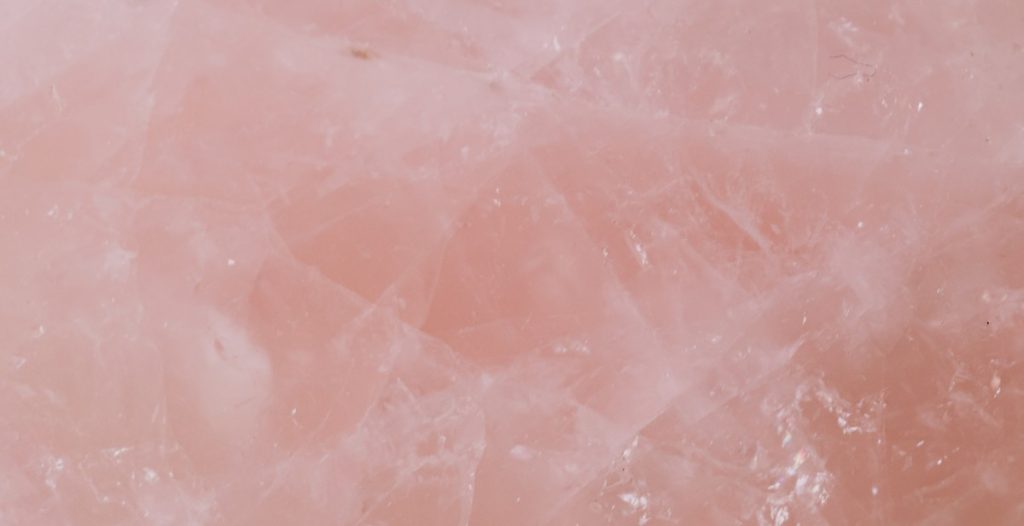The Magic of Opals: A Guide to Understanding and Appreciating These Mysterious Gems
Opals are one of the most fascinating and mysterious gemstones in the world. They are known for their unique play of colors, which makes them appear as if they are glowing from within. These gems are formed from silica gel, which is found in the cracks and crevices of rocks. Over time, the gel hardens and forms into opals.
What are Opals?
Opals are a type of mineraloid, which means that they do not have a crystalline structure like most other gemstones. Instead, they are made up of tiny spheres of silica, which diffract light to create their signature play of colors. The colors that opals display can range from bright oranges and reds to blues and greens, and they can even appear to change color when viewed from different angles.
Opals are found all over the world, but the majority of them come from Australia. Other countries that produce opals include Mexico, Brazil, Ethiopia, and the United States.
In this article, we will explore the magic of opals in more detail. We will look at the different types of opals, their history and symbolism, and how to care for them. Whether you are a seasoned gemstone collector or simply someone who appreciates the beauty of these mysterious gems, there is something for everyone in this guide.

The History of Opals
Opals have been revered for centuries for their mysterious and captivating beauty. The history of opals is rich with ancient beliefs and legends, as well as a rise and fall in popularity.
Ancient Beliefs and Legends
Ancient Greeks believed that opals were formed from the tears of joy wept by Zeus after his victory over the Titans. The Romans believed that opals were a symbol of hope and purity, and they were often used in jewelry and other decorative items.
In the Middle Ages, opals were believed to have healing powers and were used to treat various ailments. It was also believed that opals could protect the wearer from evil and bring good luck.
The Rise and Fall of Opal Popularity
Opals became very popular during the 19th century, particularly in Europe. However, their popularity waned in the early 20th century due to a superstition that opals brought bad luck. This superstition was perpetuated by a novel called “Anne of Geierstein” by Sir Walter Scott, in which the main character’s opal brings her bad luck.
Opals regained popularity in the 1960s and have remained popular ever since. Today, opals are highly prized for their unique beauty and are often used in fine jewelry.
| Ancient Beliefs | The Rise and Fall of Popularity |
|---|---|
| Greeks believed opals were formed from the tears of joy wept by Zeus after his victory over the Titans | Opals became popular in the 19th century, but their popularity waned in the early 20th century due to a superstition that opals brought bad luck |
| Romans believed opals were a symbol of hope and purity | Opals regained popularity in the 1960s and have remained popular ever since |
| Opals were believed to have healing powers in the Middle Ages |

Types of Opals
Opals are unique and fascinating gemstones that come in a variety of types. Each type of opal is distinguished by its physical properties, color, and pattern. Here are the four main types of opals:
Precious Opals
Precious opals are the most sought-after type of opals due to their vibrant colors and unique play of color. They are characterized by their translucent to opaque white or light-colored body with flashes of rainbow-like colors. The play of color is caused by the interference and diffraction of light as it passes through the tiny silica spheres that make up the opal.
Fire Opals
Fire opals are known for their warm, fiery colors, which range from yellow to orange to red. They are usually transparent to translucent and have a clear body with flashes of color. Fire opals are found in Mexico, and they are often used in jewelry due to their bright and vivid colors.
Common Opals
Common opals are the most abundant type of opals, and they lack the play of color that precious opals have. They come in a range of colors, including white, yellow, pink, and blue. Common opals are usually opaque and have a waxy or resinous luster.
Boulder Opals
Boulder opals are found in Australia and are characterized by their unique patterns and colors. They are formed when opal forms in cracks and crevices of ironstone boulders. Boulder opals have a dark body color with flashes of color, and they are often cut with the ironstone left on the back to create a natural and unique look.
In Conclusion
Each type of opal is unique and beautiful in its way. Whether you prefer the vibrant colors of precious opals or the warm tones of fire opals, there is an opal for everyone to appreciate and enjoy.
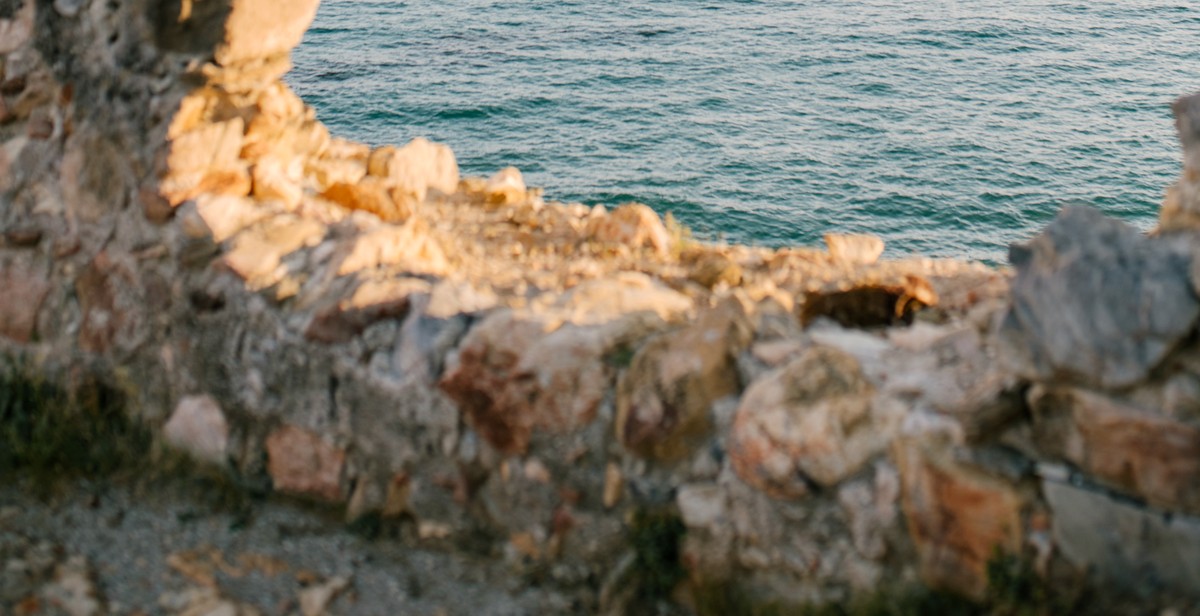
Opal Formation and Characteristics
Opals are formed from a combination of silica, water, and other minerals. They are typically found in areas with hot, dry climates, such as Australia, Mexico, and the western United States. Opals are formed when water seeps through the earth and picks up silica, which then settles in cracks and fissures in rocks. Over time, the silica hardens, forming opals.
Types of Opals
Opals come in a variety of colors and types. The most common type of opal is white opal, which has a milky white or light gray color. Black opals are the rarest and most valuable type, with a dark body color and bright flashes of color. Boulder opals are formed in ironstone, giving them a unique pattern of color and texture. Fire opals are known for their bright orange, yellow, and red colors.
Opal Characteristics
Opals are known for their unique play of color, which is caused by the scattering of light through the silica spheres in the gem. This play of color can appear as flashes of red, blue, green, and other colors, and can change depending on the angle of the light and the position of the observer. Opals also have a hardness of 5.5-6.5 on the Mohs scale, which makes them relatively soft and susceptible to scratches and damage. They also have a relatively low specific gravity, which means they are lighter than most other gemstones.
| Color | Hardness | Specific Gravity |
|---|---|---|
| White | 5.5-6.5 | 1.98-2.25 |
| Black | 5.5-6.5 | 1.95-2.30 |
| Boulder | 5.5-6.5 | 1.95-2.30 |
| Fire | 5.5-6.5 | 2.10-2.20 |
Opals are a unique and beautiful gemstone that have captivated people for centuries. Whether you prefer the bright colors of fire opals or the mysterious depths of black opals, there is an opal for everyone.
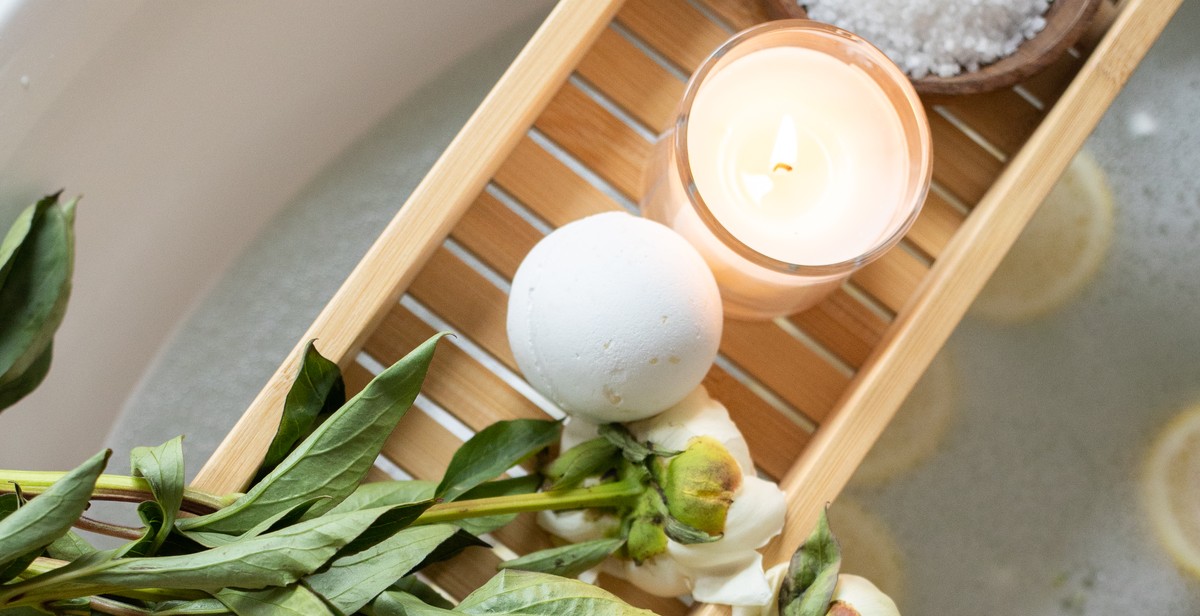
How to Care for Opals
Opals are one of the most beautiful and mysterious gemstones in the world. However, they are also delicate and require proper care to maintain their beauty and value over time. Here are some tips for cleaning and storing your opals:
Cleaning Opals
- Opals should be cleaned gently and with care to avoid damage.
- Use a soft cloth or brush and warm, soapy water to clean your opals.
- Avoid using harsh chemicals or ultrasonic cleaners, as they can damage the stone.
- Be sure to rinse your opals thoroughly and dry them with a soft cloth.
- Never soak opals in water, as this can cause them to crack or lose their luster.
Storing Opals
- Opals should be stored carefully to avoid scratches and damage.
- Store your opals separately from other jewelry to avoid scratching.
- Keep your opals away from direct sunlight and extreme temperatures, as this can cause them to crack or fade.
- Consider storing your opals in a soft pouch or padded jewelry box to protect them from damage.
- If you have a collection of opals, be sure to rotate them regularly to prevent them from drying out and cracking.
| Cleaning | Storing |
|---|---|
| Use a soft cloth or brush and warm, soapy water | Store opals separately from other jewelry |
| Avoid harsh chemicals or ultrasonic cleaners | Keep opals away from direct sunlight and extreme temperatures |
| Rinse opals thoroughly and dry with a soft cloth | Consider storing opals in a soft pouch or padded jewelry box |
| Never soak opals in water | Rotate opals regularly to prevent drying out and cracking |
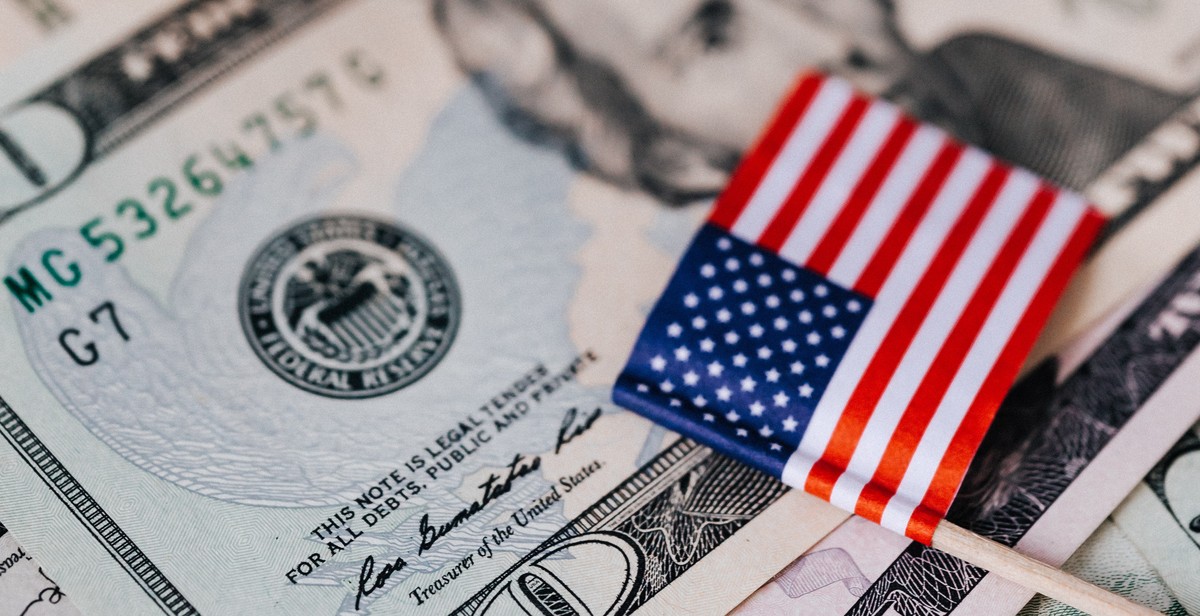
The Value of Opals
Opals are one of the most fascinating and mysterious gemstones in the world. Their unique play of colors and patterns make them highly sought after by collectors and jewelry enthusiasts alike. The value of opals is determined by several factors, including:
Factors that Affect Opal Value
- Color: The most valuable opals have a vibrant play of colors, with a full spectrum of hues visible in different lighting conditions. Red, orange, and green are the most desirable colors, while blue and purple hues are also highly prized.
- Pattern: Opals with a distinct and attractive pattern, such as harlequin, pinfire, or rolling flash, are more valuable than those with a less defined pattern.
- Clarity: Opals with minimal inclusions or blemishes are more valuable than those with visible flaws or cracks.
- Size: Larger opals are rarer and therefore more valuable than smaller ones.
- Origin: Opals from certain regions, such as Lightning Ridge in Australia or Coober Pedy, are known for producing high-quality stones and are therefore more valuable.
Investing in Opals
Opals can be a wise investment for those who understand their value and rarity. However, it’s important to do your research and work with a reputable dealer. Look for opals with a strong play of colors, unique patterns, and minimal flaws. Consider the origin of the opal and its size, as these factors can greatly affect its value. It’s also important to have the opal certified by a reputable gemological laboratory to ensure its authenticity and quality.
| Pros | Cons |
|---|---|
| Opals are a unique and beautiful gemstone with a high degree of rarity and value. | Opals can be fragile and require special care to prevent cracking or damage. |
| Opals can be a wise investment for those who understand their value and rarity. | Not all opals are created equal, and it takes knowledge and expertise to identify high-quality stones. |
| Opals can be used in a variety of jewelry styles, from classic to modern, making them a versatile choice for collectors and designers. | Opals can be expensive, and their value can fluctuate based on market demand and availability. |
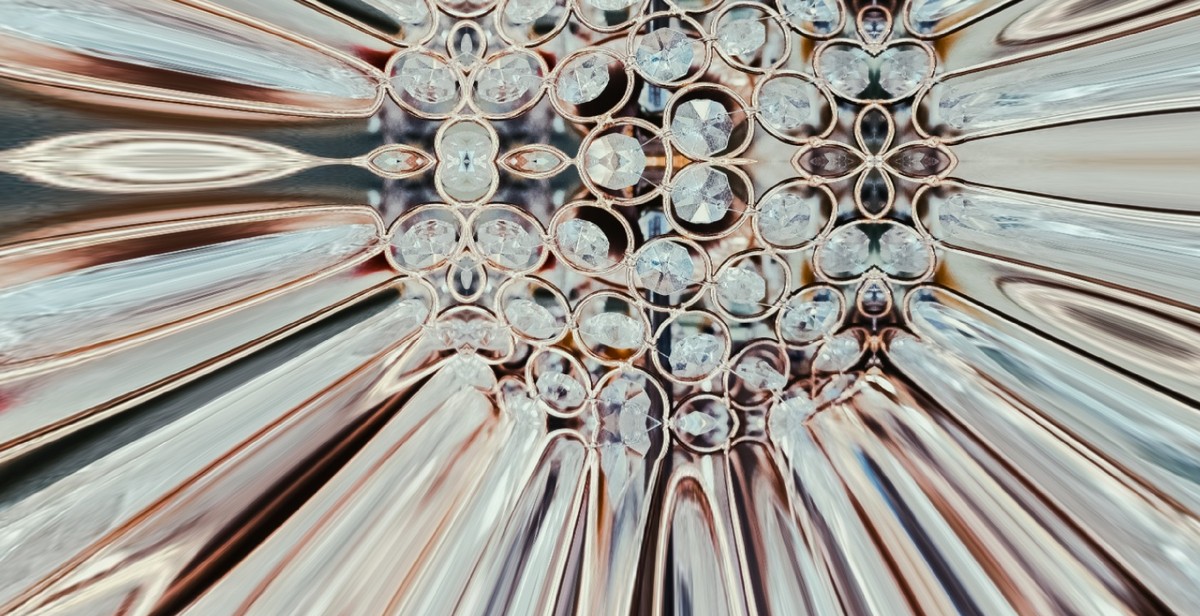
Conclusion
Opals are truly fascinating gems that have captivated people for centuries. These mysterious stones have a unique beauty that is unlike any other gemstone. From their iridescent colors to their stunning patterns, opals are a true wonder of nature.
If you are looking to buy an opal, it is important to understand the different types of opals available in the market. Black opals are the most valuable and sought after, followed by boulder opals and white opals. However, the value of an opal is determined by a number of factors such as its color, pattern, and size.
When it comes to caring for your opal, it is important to remember that they are delicate gemstones that require gentle handling. Avoid exposing your opal to extreme temperatures, chemicals, and direct sunlight. Regular cleaning and maintenance can help to keep your opal looking its best for years to come.
Whether you are an opal enthusiast or a first-time buyer, understanding and appreciating these magical gems is an experience like no other. With their unique beauty and mysterious properties, opals are truly a gemstone worth exploring.
Key Takeaways
- Opals are unique and fascinating gemstones with a mysterious beauty.
- There are different types of opals, with black opals being the most valuable and sought after.
- Opals require gentle handling and regular maintenance to keep them looking their best.
- Understanding and appreciating opals is an experience like no other.
| Opal Type | Value |
|---|---|
| Black Opal | Most valuable and sought after |
| Boulder Opal | Less valuable than black opals, but still highly prized |
| White Opal | Least valuable of the three types |

